Do It Yourself
Know Your Fiber: Wild & Edible Plants
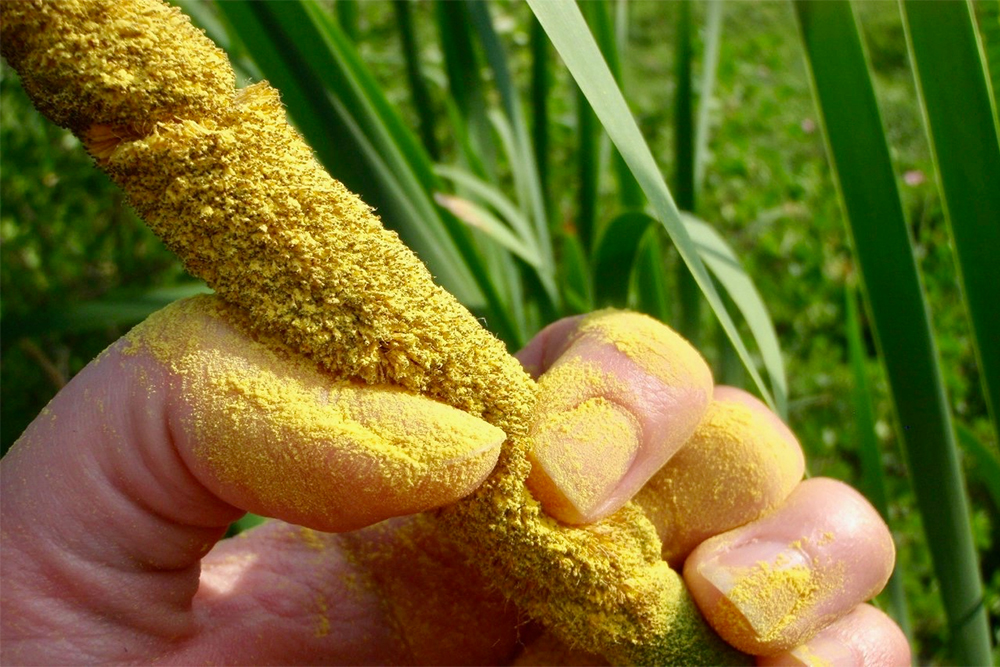
When you’re in the wilderness and have nothing to eat, you have to be prepared to look for certain plants as your survival food. Here’s a list of edible wild plants and plant fibers you can safely eat.
Edible Wild Plants to Keep You Alive in the Wilderness
One of the 6 “Unbreakable Laws of Survival” you need to know is being ready to bug out. That means being ready to leave the safety, security, and even supplies you’ve built up at home behind.
It’s difficult to do so and survive, which is one of the reasons we emphasize the need for training and knowledge. Part of that must be knowing how to find nutrition in the form of food.
Edible plant fibers are sometimes overlooked or dismissed by some people preparing to survive in the wilderness – and that’s a mistake.
Why Some People Overlook or Dismiss Certain Plants (and Their Fibers)
A lot of plants can be considered wild food, but harvesting isn’t always as easy as finding a berry bush.
Common reasons for people to overlook some plants or dismiss them as not being worth considering are:
- They don’t grow abundantly enough to supply a “good” harvest (a common example is Spring Beauties or Fairy Potatoes)
- They “aren’t worth the effort” of harvesting because they aren’t as nutritionally rich as other survival foods (like most greens, which don’t offer many calories)
- They’re difficult to harvest and prepare for eating (such as tree bark)
- They don’t taste great (such as Dandelions, which are fairly bitter)
- They only grow in certain seasons and aren’t available all year
None of these are good reasons to dismiss edible wild plants and plant fibers. Ultimately, you should be considering any and all edible plants that grow in the areas you’re likely to be when SHTF.
Here’s just a brief look at why:
- You shouldn’t be trying to only rely on one or two plants to begin with. If you find something that doesn’t grow in abundance, use them to supplement the rest of your foods. You can also consider using some to start a homestead garden that will yield bigger harvests over time (long-term survival)
- Even though many greens don’t provide a lot of calories, they do offer other nutrients and have a well-deserved place in a balanced diet. Use them to supplement the rest of your survival foods
- In a survival situation, you can’t afford to be a picky eater. Use bitter plants as an ingredient in meals with other survival foods that can help mask or balance out the flavor.
- The same can be said for hunting and trapping, where you sometimes go a few days without catching anything. And again, you can’t afford to be a picky eater if you want to survive
- Once again, the same can be said for hunting and trapping – game (large and small) often move or hibernate according to the seasons, so using this as an excuse is only going to make your food options disappear and get in the way of survival
Edible Wild Plants
Generally speaking, it makes sense to focus on the best of the best. Knowing these less-appreciated edible plants and plant fibers may end up being crucial to your survival, though.
1. Tree Bark
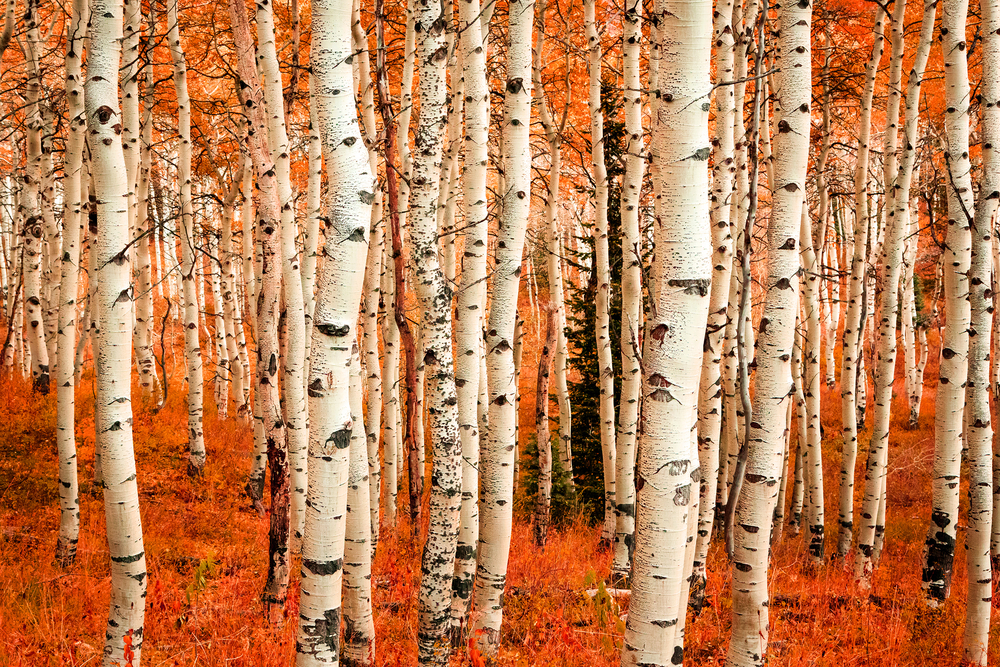
Some of the more common options include the bark from ash, aspen, birch, elm, maple, pine, poplar, and willow trees. If you’re using any of these to build a log cabin, you’re going to need to strip the bark anyway, so it won’t be much more effort to harvest the inner bark.
There are a few different ways to eat tree bark:
- Raw – shred the inner bark into fine strips and chew thoroughly
- Boiled – cut the inner bark into strips and boil them to make a survival pasta (a common option is to add the fibrous “noodles” to a stew)
- Dried and ground into flour – you can mix this powder with water to make porridge, add it to soups to thicken them, or even used to make bread (some bark bread recipes also allow for using the outer bark)
You can even simmer strips of inner bark in water to make tea. If the evergreen tree providing your bark also has needles, add them to the tea for a small boost of vitamin C and a more aromatic flavor.
It’s also worth mentioning that trees provide other food opportunities, including leaves (only strictly true for some species, including basswood), acorns, nuts, and seeds.
Elms are also known for hosting morel mushrooms, but be sure you know how to properly identify the morel. Here’s a handy guide to edible trees that grow in North America.
2. Roots
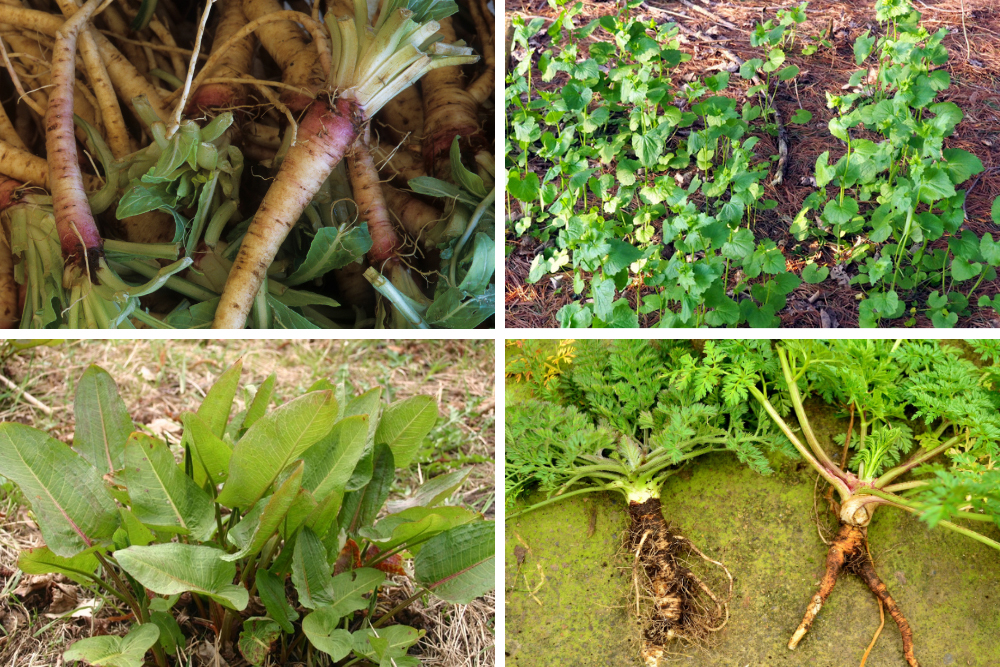
Top Left: Evening Primrose | Top Right: Garlic Mustard | Bottom Left: Yellow Dock | Bottom Right: Wild Carrot
There are a lot of edible roots in the wilderness. You only need to know how to identify the plant!
Roots, like seeds, are often where plants store most of their energy, so if you’re still lamenting the lack of calories in many greens, eat them with some roots.
Here’s a quick and dirty list of options:
- Evening Primrose – best harvested before they start developing their flower stalk, as the roots become tougher to support the extra weight
- Burdock – has an earthy flavor; similar to parsnips or Jerusalem artichokes, most of which is in the root’s skin
- Garlic Mustard – has a bitter, pungent flavor; pair it with other ingredients to reduce or mask its intensity
- Yellow Dock – also has a bitter taste; considered a healthy green; most of the plant can be eaten, though the older the plant, the tougher the roots
- Wild Carrot – can be eaten raw and the whole plant is edible, but be aware that Poison Hemlock appears almost identical
3. Cattail
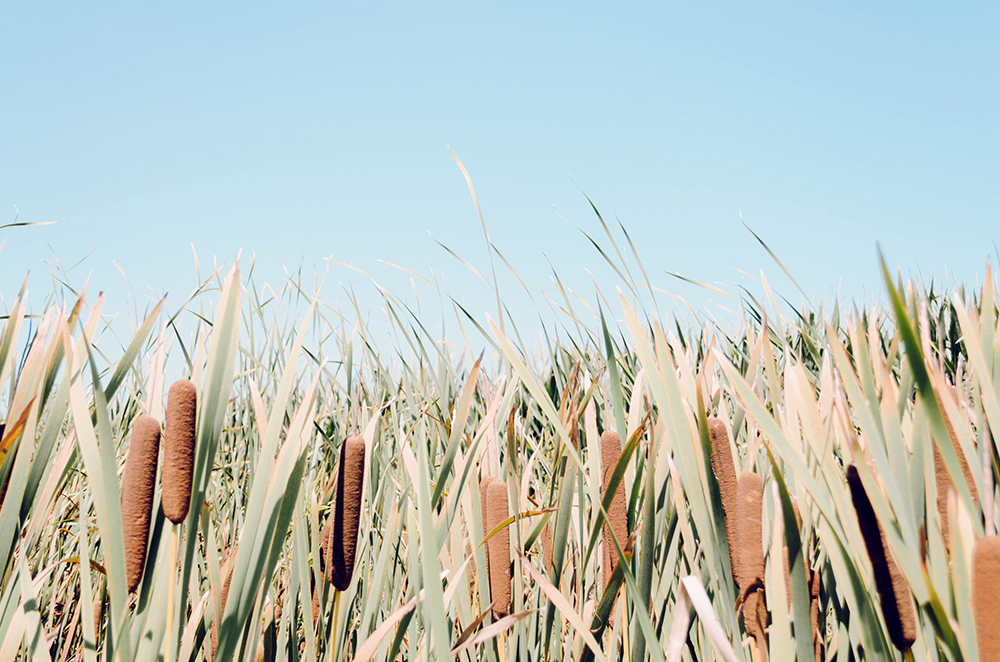
Euell Gibbons famously referred to cattail as nature’s pantry – and for good reason.
Cattail produces very starchy roots (rhizomes). These can be pounded in a bucket of water so that you can strain out the peel, joints, and fibrous strands if you prefer. This leaves the starch, which offers a lot of carbohydrates.
Young shoots and the bases of young leaves can also be eaten as a vegetable. Meanwhile, the flower stalk is one of the best wild vegetables you can find (especially when still tender).
These vegetable parts can be nibbled on as is but are better when cooked over hot coals. Peeling the tougher parts away to get to the tender innards is a common way to enjoy the whole plant when harvested young.
Cattails are perhaps most easily identifiable once they’ve flowered. If you shake the yellow pollen off into a container, it can be used in bread. It can replace half the amount of flour you would otherwise use. You can also cook the actual flower, especially the green female ones, either boiling them or directly over hot coals.
Here’s an interesting article we found with some cattail recipes.
There are many edible plants out there that can be the difference between life and death in a survival situation. Make a practice of looking for them whenever you’re out in nature. So when SHTF, you’re already familiar with identifying them!
Have you tried eating edible wild plants? Share with us your experience and tips in the comments section!
Up Next:
-

 Do It Yourself7 months ago
Do It Yourself7 months agoParacord Projects | 36 Cool Paracord Ideas For Your Paracord Survival Projects
-

 Do It Yourself10 months ago
Do It Yourself10 months agoHow To Make Paracord Survival Bracelets | DIY Survival Prepping
-

 Do It Yourself9 months ago
Do It Yourself9 months ago21 Home Remedies For Toothache Pain Relief
-

 Do It Yourself10 months ago
Do It Yourself10 months agoSurvival DIY: How To Melt Aluminum Cans For Casting
-

 Exports8 months ago
Exports8 months agoAre Switchblades Legal? Knife Laws By State


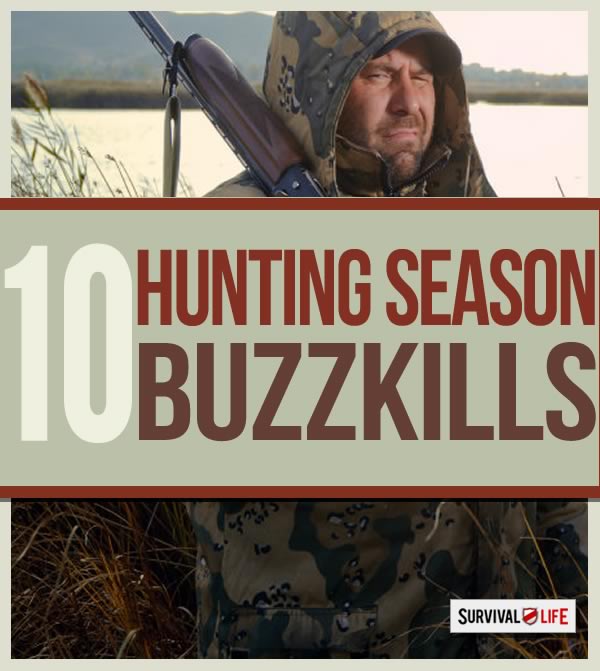



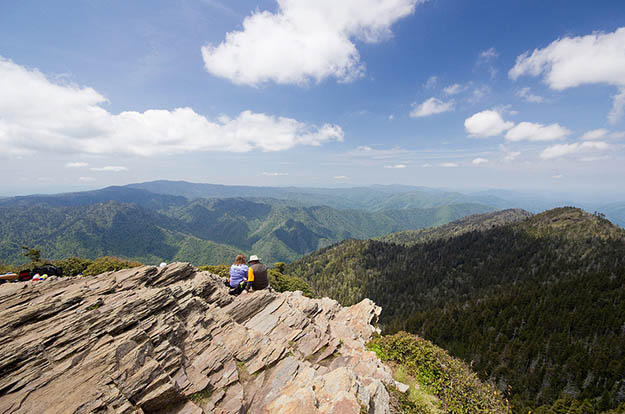

Pingback: 5 Primitive Cooking Methods to Learn Now – The Self-Sufficient Life
Pingback: 5 Primitive Cooking Methods – Sprent Brass